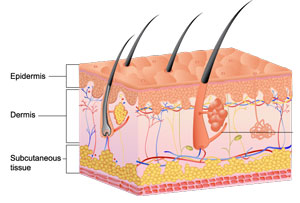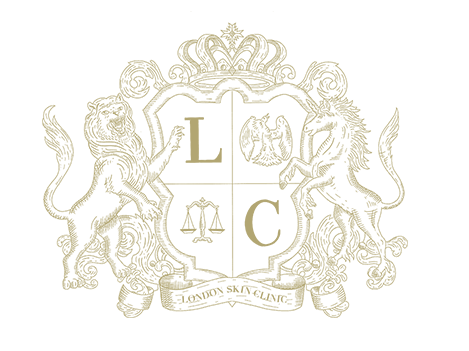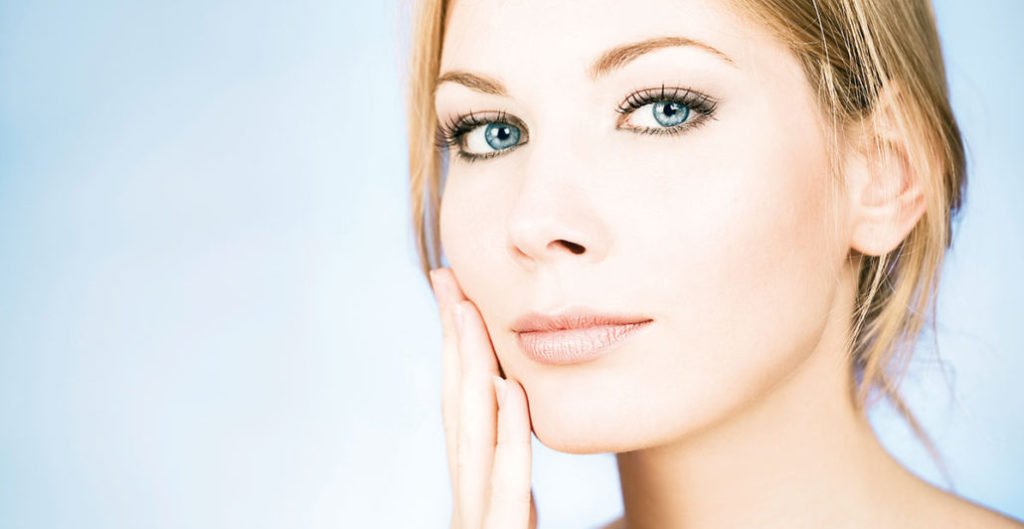The Life Cycle Of Your Skin
When we think of body organs, images of the heart and the brain immediately come to mind, but do you know that organs are not restricted within our bodies? Believe it or not, our skin, the outer covering of our body, is also our largest organ.
The adult skin can weigh almost 4 kilograms and stretch up to 2 square meters. The skin is a crucial part of our anatomy as its tissues protect our muscles, bones, and internal organs from infections and impact caused by direct exposure. In order to keep up with its 24/7 protection of our body’s other important parts, it has to constantly go through a life cycle…a process of renewal and rejuvenation.
In order to properly understand the life cycle of your skin, you have to first learn the basics: your skin’s structure and composition.
The Structure And Composition Of Your Skin
The structure of your skin is generally divided into 2 main layers: the Epidermis and the Dermis.
- Epidermis. The epidermis (from the Greek word ‘epi’ which means ‘upon’) is the outermost layer of your skin. It is the primary protective layer of your body and the part of the skin you can see directly on a daily basis. The epidermis is composed of keratinocytes, Merkel cells, and melanocytes, with the latter being the ones in charge of producing pigments for your skin. The epidermis usually has up to 30 layers of dead skin cells sitting in its outermost layer. The top layer of these dead skin cells is called the stratum corneum.

- Dermis. The dermis is the next layer of your skin, directly underneath your epidermis. It is the part of the skin that protects your body from physical strains as well as providing you the sense of touch and the ability to feel the presence and absence of heat, thanks to the numerous nerve endings the dermis has. It is in the dermis that you can find your hair follicles, oil glands, sweat glands, and blood vessels. Blood vessels are tasked to regulate your skin’s nourishment and manage the removal of waste present in the dermis.
Your Skin’s Life Cycle
The keratinocytes are individual cells that compose Keratin, a structural protein that protects your skin from stress and damage. Older keratinocytes are pushed up by newer ones until they reached the outermost layer of the epidermis, the stratum corneum, where they die and become part of the 30-layer dead cell skin protection. Eventually, the multilayered dead cells are chipped away and give way for the newer keratinocytes to have their turn at protecting your skin.
The whole process takes at least 6 weeks, from being pushed up, to dying, and being replaced, and the skin cells have an average lifespan of two to four weeks until they die and join the stratum corneum. These figures are the reason why seeing the effects of skin care products takes time, as the new skin layers brewing in your epidermis didn’t have the chance yet to replace the presently existing dead cells on your skin. Now, you know that great skin results can’t happen overnight!
Your Skin’s Barrier Function
We all hear about our skin’s barrier function, but not all of us really know how important it is and how keep it healthy. As a physical, chemical, and immunological barrier, it prevents penetration of harmful substances and excessive transepidermal water loss. We do not currently know all of the intricate mechanisms of the barrier function, but we do know that the barrier function can be repaired. The skin’s normal barrier function depends on a 40-day-cycle of epidermal renewal, the KMC (Keratinocyte Maturation Cycle).This cycle is the foundation of the skin restoration because without adequate epidermal exfoliation and subsequent replacement with fresh, active cells, skin health is compromised.
A properly regulated KMC is essential for the production of skin that is naturally hydrated and tolerant of detrimental external stimulation. What you want to have is a normal KMC which is approximately 40-days .The cycle can be lengthened as a result of intrinsic ageing, photoageing, and the use of inadequate moisturisers and topical products or treatments. The main objective of using medical grade active products with the proper visits to your skin care specialist is to restore normal maturation cycles, which restores optimal skin barrier functions. Normal barrier function, in turn, increases skin tolerance. Skin should have developed a good level of tolerance before or during undergoing rejuvenation procedures for optimal results.
If you want to know more about the quality of your skin right now and how to properly take care of it book a consultation and we will assess your skin and advise you during the whole process of evaluation, treatments and maintenance.

